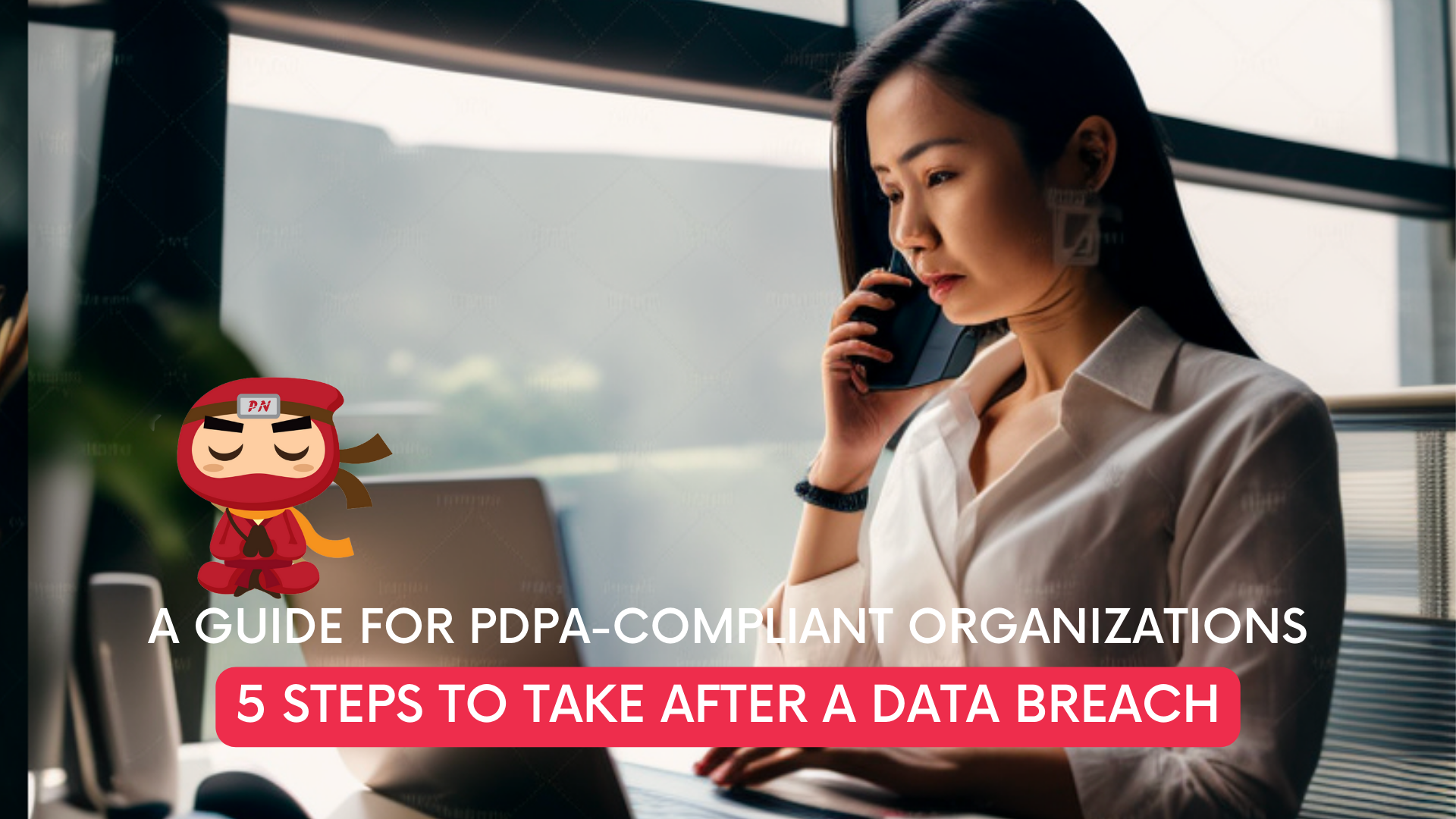KEEP IN TOUCH
Subscribe to our mailing list to get free tips on Data Protection and Cybersecurity updates weekly!







Data breaches have become a major concern for businesses in recent years due to the increasing reliance on technology and the internet. A data breach can result in the loss of sensitive data, such as personal and financial information, trade secrets, and confidential business information. This loss can cause significant harm to the affected individuals and organizations, including financial loss, damage to reputation, and legal and regulatory consequences.
The damage caused by a data breach can be severe and long-lasting. In addition to the immediate financial losses that can occur, businesses may also suffer long-term reputational damage that can impact their ability to attract and retain customers, employees, and investors. Moreover, data breaches can result in significant legal and regulatory consequences, including fines, penalties, and lawsuits.

To minimize the damage caused by a data breach, it is essential for businesses to have a plan in place for responding to such incidents. This plan should include procedures for containing the breach, evaluating its extent, notifying affected parties, investigating its cause, and implementing measures to prevent future breaches. The following are the 5 steps that PDPA-compliant organizations should take after a data breach:
Step 1: Contain the breach
The first step after discovering a data breach is to contain it. This involves identifying the source of the breach and taking steps to prevent further unauthorized access to the data. The affected systems and accounts should be immediately secured, and the appropriate authorities, such as the data protection officer (DPO), should be notified.
Step 2: Evaluate the extent of the breach
Once the breach has been contained, the organization should evaluate the extent of the breach. This involves determining what data has been compromised, who has been affected, and how the breach occurred. This information will be important in assessing the potential impact of the breach, and in determining what steps need to be taken to mitigate the damage.
Step 3: Notify affected parties
Under the PDPA, organizations are required to notify affected parties of a data breach as soon as possible. This notification should include information about what data has been compromised, what steps the organization is taking to mitigate the damage, and what the affected parties can do to protect themselves. The notification should be clear, concise, and written in plain language.
Step 4: Investigate the cause of the breach
In order to prevent future breaches, it is important to determine the cause of the breach. This involves conducting a thorough investigation of the incident, including analyzing system logs, interviewing employees, and reviewing security protocols. The findings of this investigation should be used to identify vulnerabilities in the organization’s security systems and to develop a plan to address them.
Step 5: Review and update security protocols
Finally, the organization should review and update its security protocols in light of the breach. This may involve updating policies and procedures, implementing new security technologies, or providing additional training to employees. The goal is to prevent future breaches and to ensure that the organization is better prepared to respond to a breach if it does occur.

Your appointed DPO can work with you on ensuring that there will be policies in place to prevent unwanted data breach, especially if your organisation also handles personal data.
A Data Protection Officer (DPO) oversees data protection responsibilities and ensures that organizations comply with the Personal Data Protection Act (PDPA). Furthermore, every Organization’s DPO should be able to curb any instances of PDPA noncompliance and data breaches as it is the officer responsible for maintaining the positive posture of an organization’s cybersecurity.
DPOs complement organizations’ efforts to ensure that the organisation’s methods of collecting personal data comply with the PDPA. It also ensures that policies are set in place to make sure that there will be no instances of data breaches in the future.
Don’t wait any longer to ensure your organisation is PDPA compliant. Take our free 3-minute PDPA Compliance Self-audit checklist now, the same “secret weapon” used by our clients to keep them on track. Upon completion, we will send you the results so you can take the necessary action to protect your customers’ data. Complete the free assessment checklist today and take the first step towards protecting your customers’ personal data.